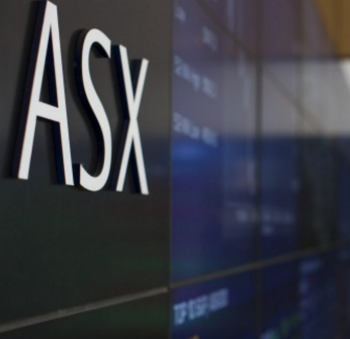
Market is painting itself into a corner
We often write about what we don’t like. Individual companies that are expensive and those in industries we believe are being fragmented, disrupted or in structural decline are the topics you will usually find here. Today, however, I want to lump the entire market into the ‘Don’t like it’ bin.
You see, your returns are determined by two things: price and growth (quality). The problem right now is that prices are expensive in aggregate. The price-to-earnings ratio for the S&P 500 in the US is now 18 times and the ratio for the Australian ASX 200 excluding banks is also 18.09 times. That’s a lofty multiple, justified only by the very low interest rates.
Since 2010, ASX 200 companies have not grown their earnings per share at all according to data provided by Factset. And earnings are unlikely to grow much in the future because those same ASX 200 companies have increased their dividend payout ratio from 55 per cent to almost 80 per cent today. That means there are a lot less retained earnings available to reinvest in projects that will grow earnings in the future. That leaves the possibility of growth coming from increasing borrowings.
The problem is debt is already high. In the US total credit market debt has risen from 175 per cent of GDP in 1981 to almost 375 per cent of GDP today. There is simply not the capacity to raise debt much further. The only option to grow would be to raise capital by issuing new shares. But that would be odd because the bulk of the recent debt increase in the US has been deployed on share buybacks and mergers and acquisitions.
If companies have been using debt to buy back their shares, surely they aren’t going to start issuing new shares. If they did, it would dilute everyone’s ownership of the non-growing earnings and share prices would fall. When a company buys back shares at the highs and issues new shares at the lows, it’s a guaranteed way to destroy value. Perhaps that is what is going to play out and maybe that is what causes the market to correct.
What I do know is that when interest rates rose quickly between 1960 and 1981, the S&P 500 index retuned just 3.6 per cent per annum. When interest rates fell heavily between 1981 and 2000, the S&P 500 returned almost 15 per cent per annum. And more recently, between 2000 and 2016, when interest rates and the equity market risk premium combined was flat, the S&P 500 returned 2.5 per cent per annum.
So the debate about whether rates stay flat or rise is moot. History tells us neither are great for longrun returns from the index. If profit growth is likely to be low and if interest rates can only stay flat or rise, it is not inconceivable that the market will produce low returns and even a few nasty contractions along the way.
The silver lining? It should be easy to beat. You simply have to stay invested in companies able to redeploy capital at very high rates of return, and hold cash as an option over cheaper prices when you can’t find companies that meet those exacting criteria.
Roger Montgomery is the founder and Chief Investment Officer of Montgomery Investment Management. To invest with Montgomery, find out more.
What I know is that interest rates rose quickly between 2002 and 2007 as did the S & P 500. Between 1975 and 1981 interest rates rose rapidly as did the S & P 500. Between 1924 and 1929 interest rates rose rapidly as did the S & P 500. What you have failed to disclose is that when interest rates are rising with the business cycle so does the stockmarket. The point is the trend in interest rates is not linear. It’s dynamic. Overlay the stockmarket with interest rates and you will see the correlation. Rising interest rates are confidence boosting.It indicates that people are still borrowing and they are bidding up the cost of capital. When the market turns down people stop borrowing and capital floods to cash and bonds driving interest rates down. Interest rates are a symptom not a cause. This is just how the business cycle functions.
The question I keep asking myself is whether to buy into great companies such as CSL now or wait for the correction to pounce.
If the correction happens soon it’s a great move. If it happens in 2 years and the ‘corrected’ price for CSL shares is still higher than they are today it was a bad move.
I generally don’t subscribe to trying to pick the market. But it just feels like something big is around the corner and it won’t be pretty.